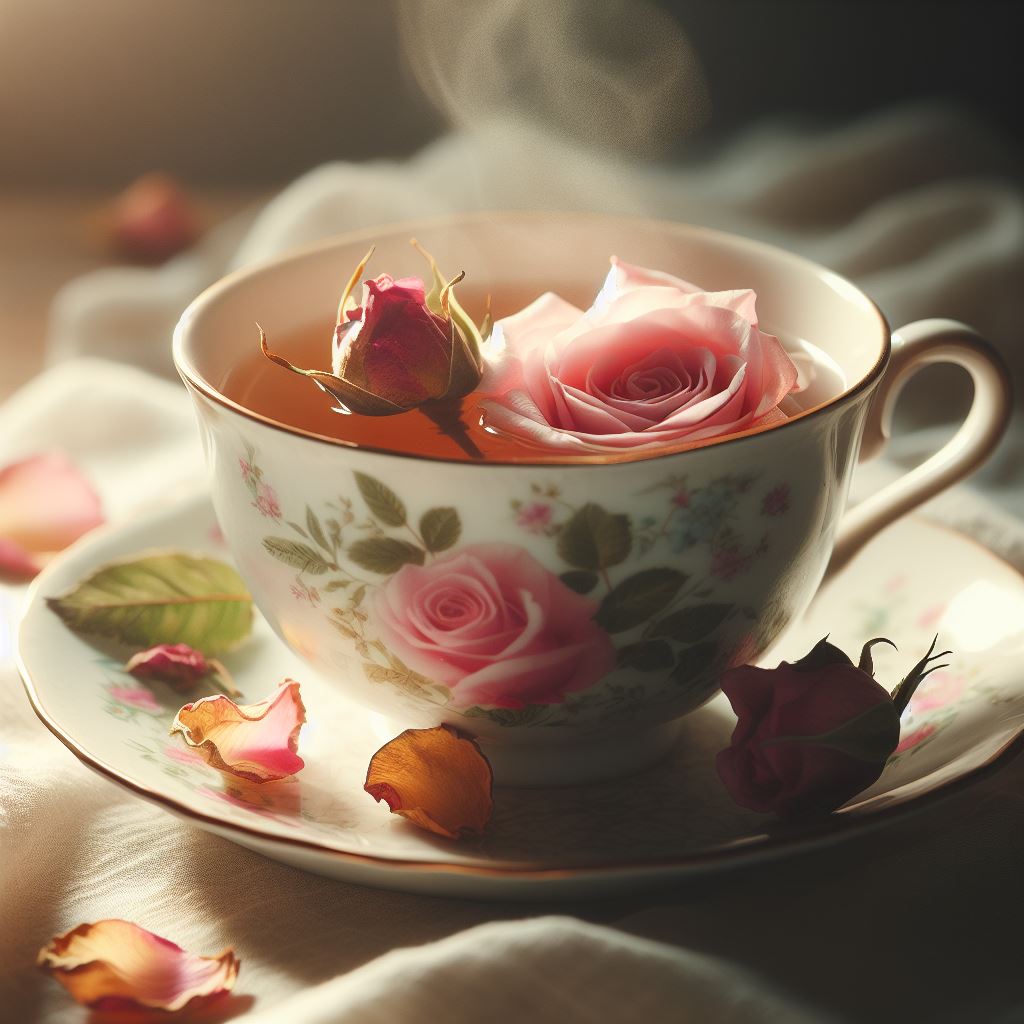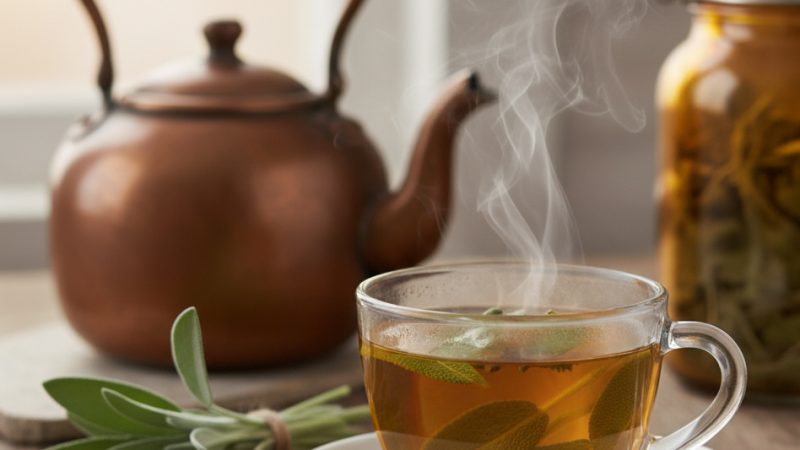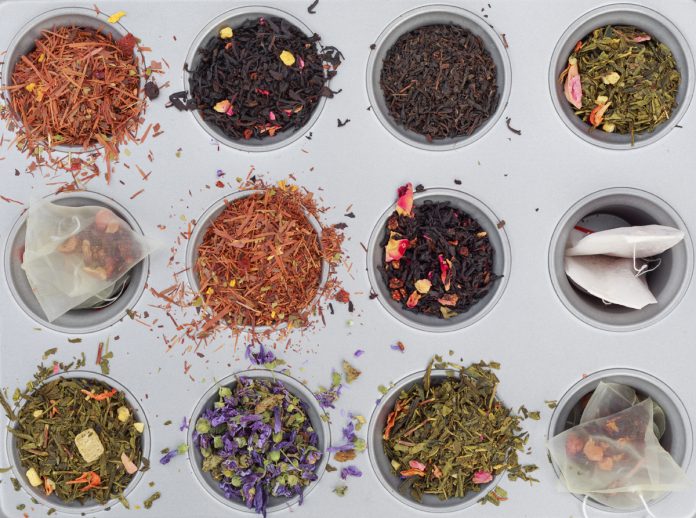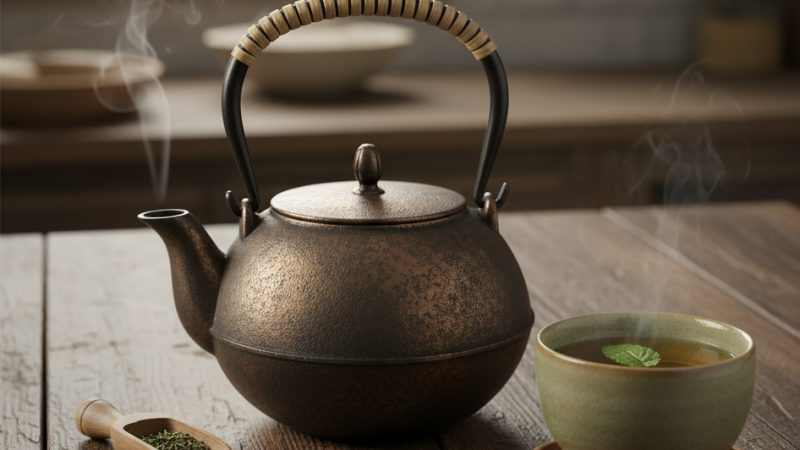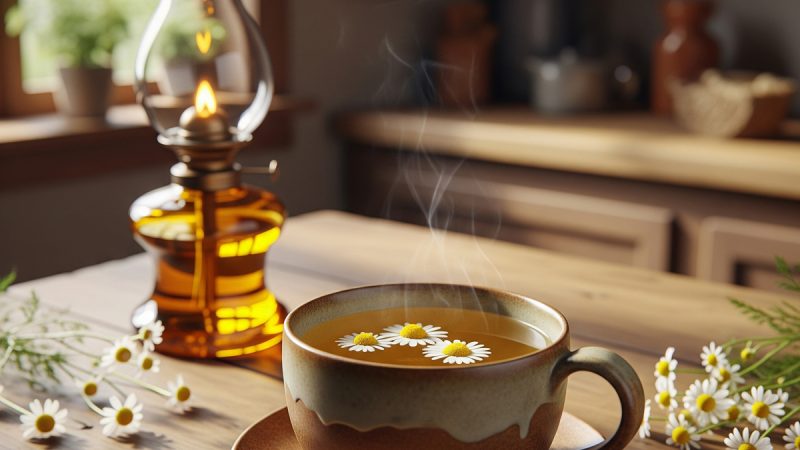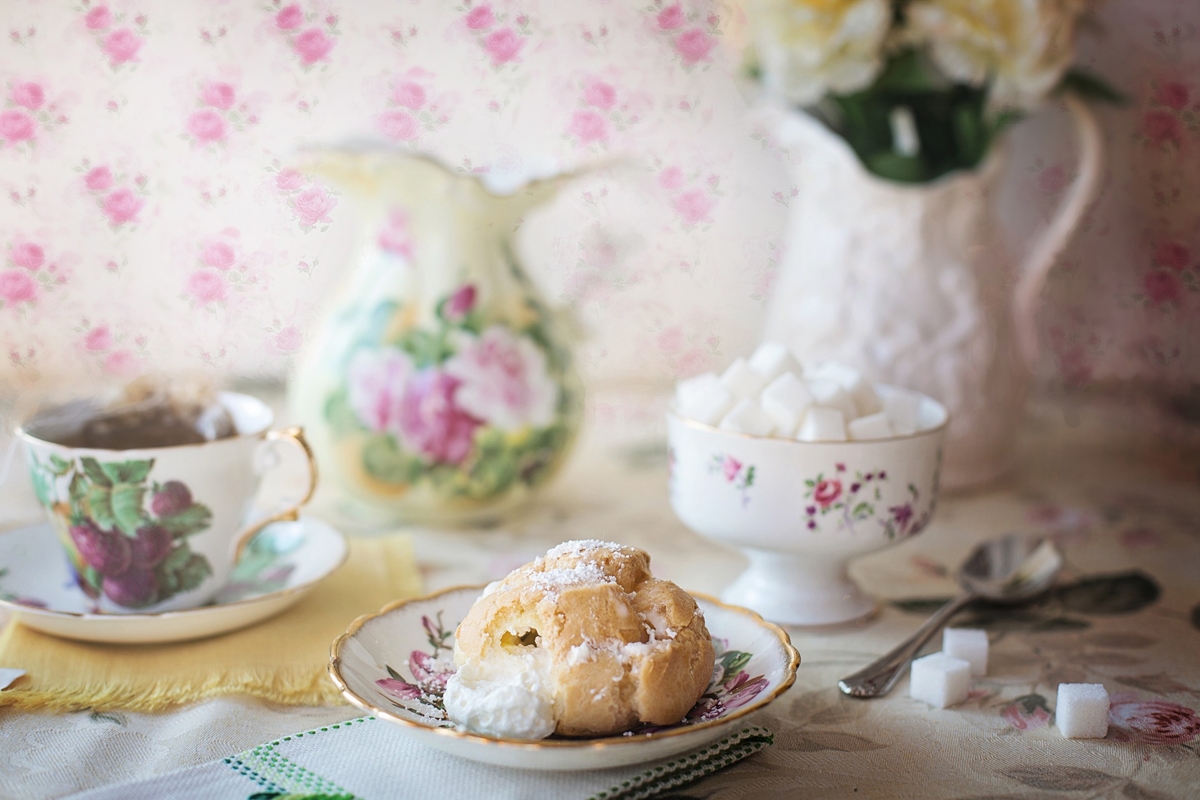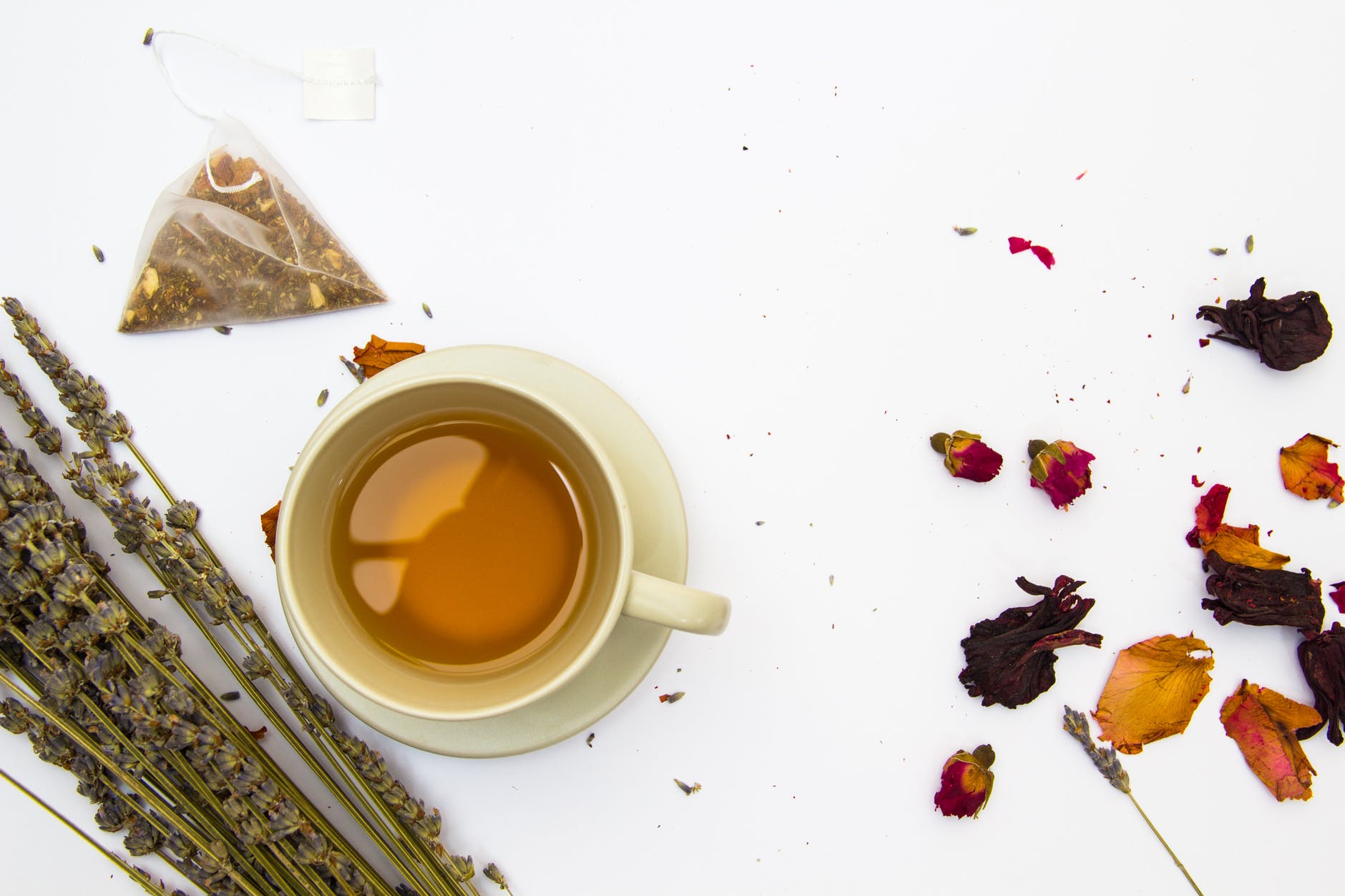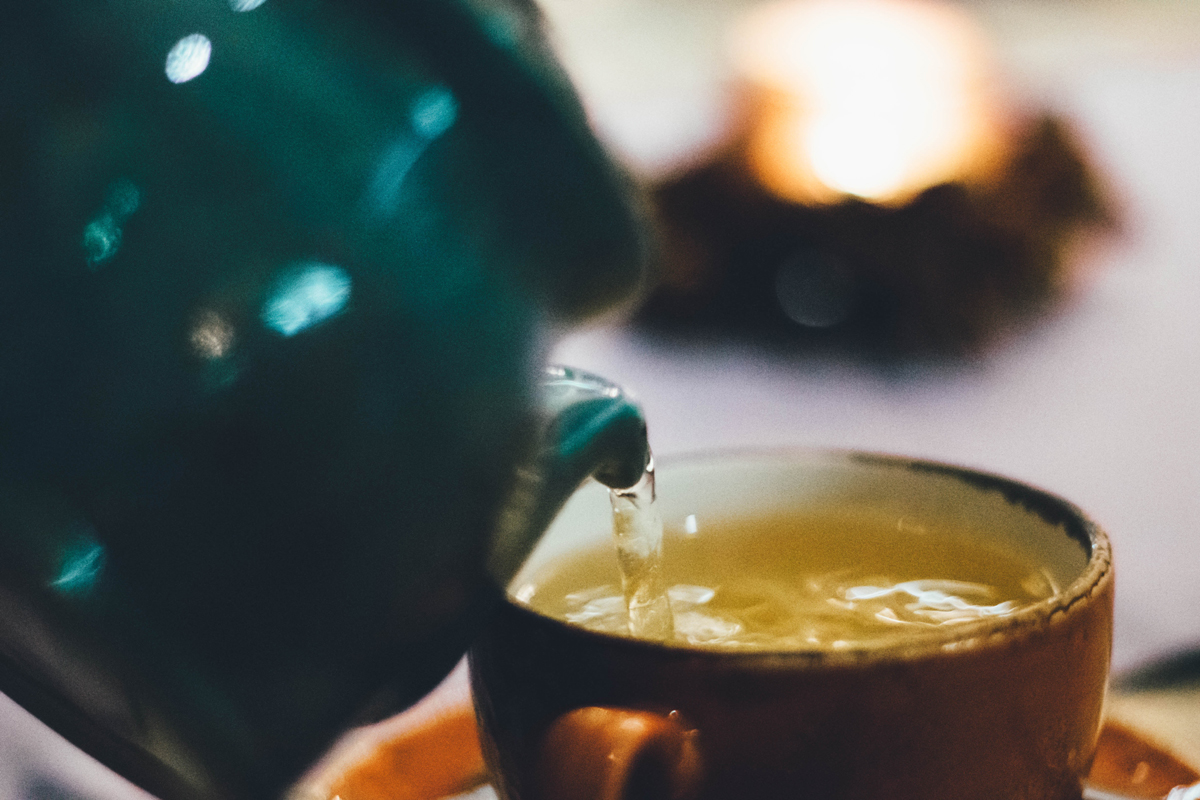On Tea Weights: How Much is a Gram? An Ounce? A Pound?
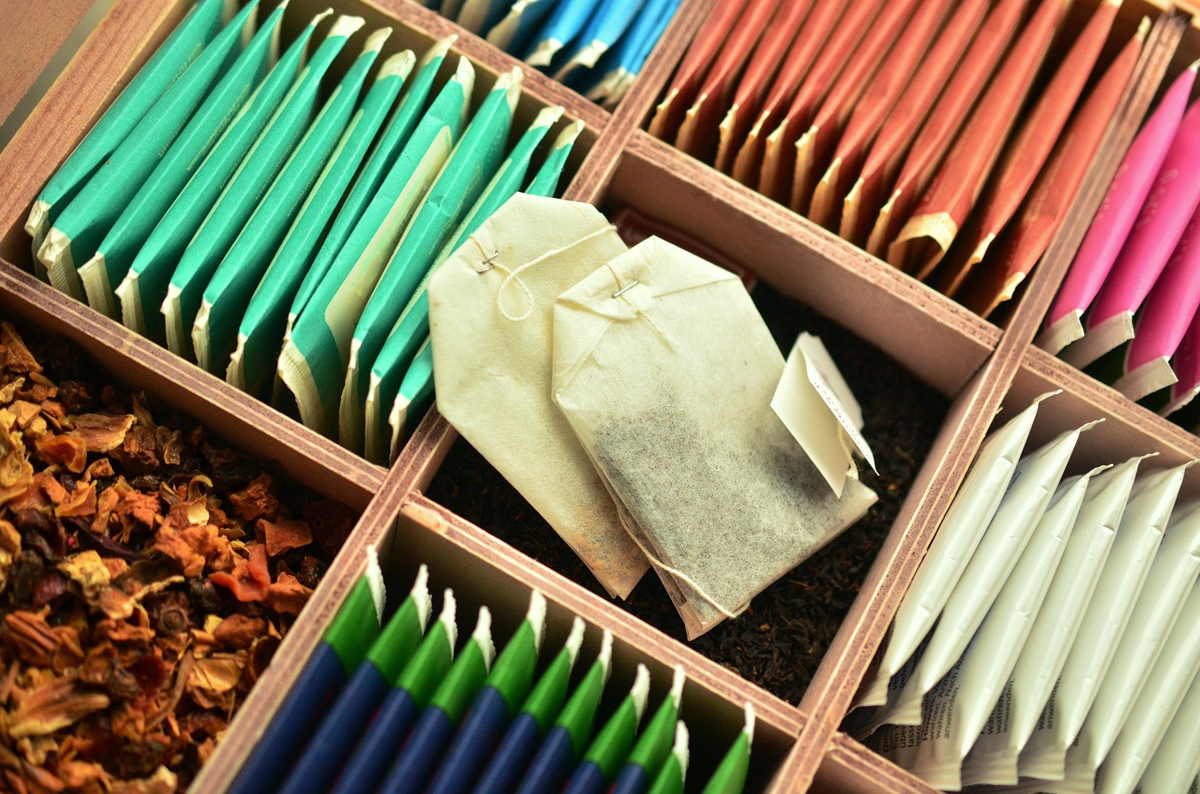
Loose-leaf tea is typically sold in bulk, measured by weight. In the United States this is usually by ounces and pounds, but because the tea culture in the UK and other countries using the metric system, is much stronger than here in the US, it is also common to see metric measurements, in grams. To add additional confusion, when people typically measure out tea to brew, they use a teaspoon, which is a measure of volume, not weight.
These weights and measurements can be confusing and intimidating to people inexperienced in buying loose-leaf or bulk tea, especially people looking to switch from tea bags to loose-leaf. Here I give a practical guide to explain the weights and give some tips or rules-of-thumb for navigating them. This can help you access and explore the wonderful world of loose-leaf tea, helping you access superior quality and value.
How Much is Needed to Brew a Single Cup? And How Many Grams Are in a Typical Tea Bag?
Different brands vary widely in the amount of product by dry weight that they pack into a single bag. The typical tea bag on the market contains 1.4-1.8 grams of dry tea. However, it is common for cheaper brands to get as low as 1.2 grams, or even less, and other brands, especially those offering whole-leaf tea in pyramid sachets often pack as much as 2-3 grams in. PG Tips, a famous British brand that is also widely available in the US, caught flack back in 2015 for reducing the contents of their pyramid bags from 3.1 to 2.9 grams, and this amount makes many American brands seem weak in comparison.
The size of cup though is important. English teacup sizes are typically 6-8Oz, whereas a standard American mug or cup is closer to 12 ounces, and many mugs are much larger. If your cup is larger, scale up the amount of leaf you use. For brewing a pot, multiple the amount by the number of cups you plan on brewing, and make sure to fill the water to the right level corresponding to this number of cups.
As a rule of thumb, if I know nothing else about the tea I’m brewing, I use a 12-ounce mug, and I like to use 1.5 grams for a weaker cup, 2.5 for a stronger cup, but I also don’t fill my mug completely.
Grams to Ounces to Pounds: Conversion Factors
One ounce is approximately 28.35 grams. There are 16 ounces to a pound, and tea is typically sold in units of 1, 2, 4, or 8 ounces, or larger amounts by the pound. A single ounce is an amount roughly equal to a large sample that will allow you to brew and serve the tea several (11-18) times.
2 ounces, or an eight of a pound, is about 57 grams. This is the smallest amount that some retail shops, such as Teavana, will sell. This will typically brew 22-36 cups.
4 ounces, a quarter pound, is about 113 grams. This is close to the standard medium size of tin (3 by 3 inches) sold by most mainstream companies. If I know I like a tea, but don’t plan on drinking it every day, this is the size I usually buy.
8 ounces, a half pound, is about 227 grams. This corresponds to the larger tins you occasionally see in stores, ones that measure 4 by 4 inches. This is a good choice for favorites, anything you drink in volume.
A full pound (16 ounces) is about 454 grams. This will brew around 200 cups, give or take. I only recommend buying such a large quantity if you plan on drinking a particular tea every day, or if you are in a large family or business or organization where multiple people will be using the same supply.
Companies packaging their product in metric units will typically sell by measures of 500, 250, or 125 grams, which correspond to a little more than a pound, half pound, and quarter pound, respectively.
Ready to Go? Experiment.
I hope this article can give you a few useful pointers that will help you both to purchase reasonable sizes at the store, and have a coarsely accurate starting point for knowing how much to spoon out to brew yourself a cuppa (or a pot). But only you can discover what you like best. Try your best, and then adjust to your tastes if you want your cup stronger or milder!
The Author:
Alex Zorach is the founder and editor of RateTea, a social review website for tea drinkers. The site has a wealth of information on different brands, styles or varieties, and regions of production, and you can read and share reviews of specific teas as well as local businesses.
Photo. CongerDesign

